Lifting Techniques: How Weight Lifters Should Lift
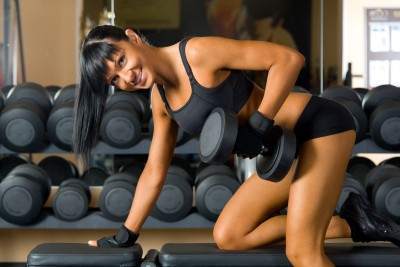
Do you try to avoid lifting because you suffer from lower back pain?
Do you believe you need to keep your lower back straight when you do have to lift something?
Research shows that the lifting techniques we’ve all been taught are WRONG.
Many Chiropractic and Physiotherapy Associations still recommend lifting with a straight back.
How can this be? You would think chiropractic and physiotherapy associations should know best about the lower back, right? Well, research published in 2007 by Stuart McGill definitively showed that lifting with a straight back puts more pressure on the discs and ligaments.
Then why do they recommend lifting with a straight back? I believe nobody bothered to read the research. It is just conventional wisdom passed down through generations. The US Military does agree with this research and recommends lifting by these new findings.
What should we do then? Keeping the natural curve called lordosis, while lifting, reduces pressure on your spine and discs. This keeps the pressure from rising to dangerous levels.
How do you keep the curve in your lower back while lifting? Well, by sticking out your BUTT and Chest.
It’s called butt lifting.
#1: Butt Lifting? For Stuff Small Enough To Straddle.
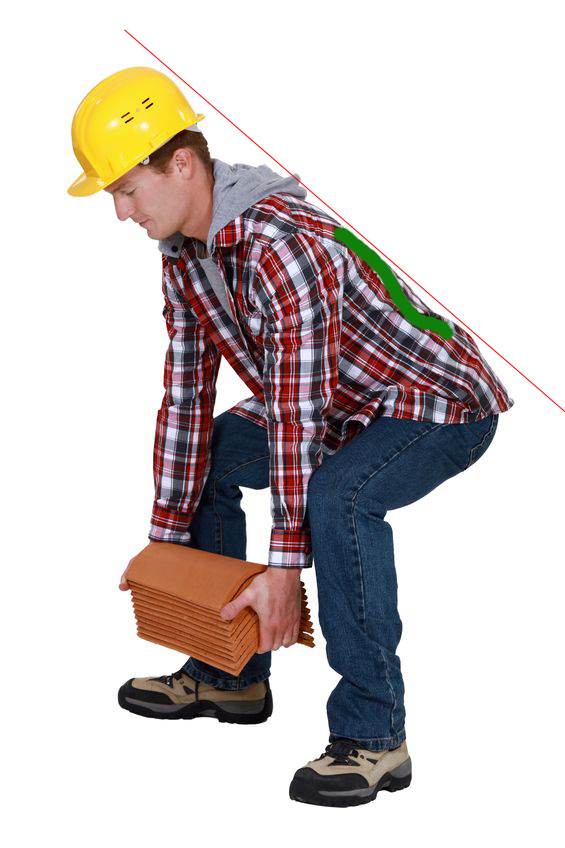
Perfect posture for lifting can be tested by putting a broomstick on your back so that it lines up with the buttock, middle back and head, where the red line is in the photo above. The broomstick should always be touching from the standing position and down as you bend your knees to lift, like the picture above.
In this case, the construction worker in the above picture, let his head go a little too far forward as he bent down.
Everyone should practice lifting with a broomstick at his or her back – 10 times for 3 sets. Then you will be able to do Butt Lifting perfectly and it will soon become a natural part of your movement pattern.
In other words, you grooved the movement to stick out your butt. An easy way to remember that is your butt needs to be groovy to lift.
SEE ALSO: 6 Things You should Look For In A Chiropractic Clinic
How do I do the Butt Lifting Technique?
- With a wide straddled stance, move as close as you can to the load.
- Bend from the hip and stick out your butt – to keep your spinal curve. Your spine should be curved as depicted by the green line in the photo above.
- Get a good firm grip on the load
- Keeping your arms still, using your large leg muscles, simply straighten your legs
- Exhale as you lift
- To Turn: Turn both feet first, and your lower back will follow.
Use a full bend of the knees to 90 degrees to pick something up off the ground or when looking under the kitchen sink. Use a half-bend of the knees when brushing your teeth.
This is how Weightlifters make their lifts.
Weight lifters 1 Chiropractors 0
#2: Power Butt Lifting Technique – For Stuff Too Large To Be Straddled
How do I do the Power Butt Lifting Technique?
The main difference between Butt Lifting and Power Butt Lifting – one leg is a little more forward than the other in Power Butt Lifting
See Also: The Definitive Guide To Back Belts & Supports
- Move as close as you can to the load, with a wide stance, put one foot forward and one to the side of the object
- Bend down from the hip and stick out your butt – this keeps your spinal curve. Your spine should not be straight, it must be curved.
- Get a good firm grip on opposite corners.
- Use your large leg muscles by simply keeping your arms still and straightening your legs
- Exhale as you lift
- To Turn: Turn both feet first, and your lower back will follow.
Weight Lifters don’t stagger their legs but they do stick out their butts.
Weight lifters 2 Chiropractors 0
#3: Bag Lifting Technique Is For Stuff Like Heavy Bags of Cement or Sand
- Get down on one knee next to the bag make sure you stick your butt out to make the spinal curve.
- Get a good firm grip on the bag and slide the bag onto the kneeling thigh.
- Look straight ahead and lift the weight onto the other thigh.
- Stand with the load supported on the knee keeping the curve in your back.
- Hold your breath as you lift
Weight lifters and chiropractors don’t lift like this. The score remains the same
Weight lifters 2 Chiropractors 0
#4: Golfer’s Lift For Lighter Objects And One-Handed Lifts
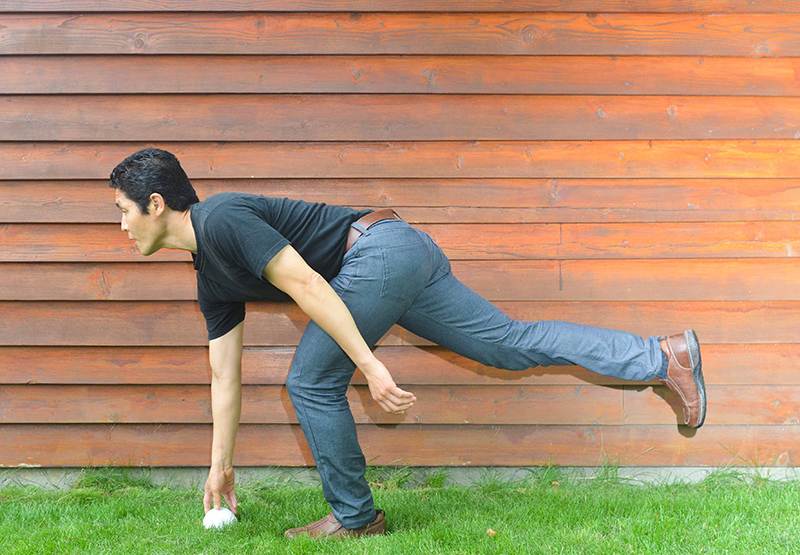
- The forward leg is slightly bent.
- Lift one leg while bending at the waist. The weight of your back leg will counterbalance the weight of your upper body.
- Use a table for support or if playing golf, use a golf club for support. If you have great stability, you can do this without support; I encourage you to work towards that goal.
- Grab onto the ball or anything else you want to pick up.
- Look forward and lift the ball while dropping your back leg.
Golfers are smarter than chiropractors are. They don’t put a lot of pressure on the spine.
Weight lifters and chiropractors don’t lift like this, but golfers do.
Weight lifters 2 Chiropractors 0 Golfers 1
#5 Lifting From The Trunk (Boot) Of A Car
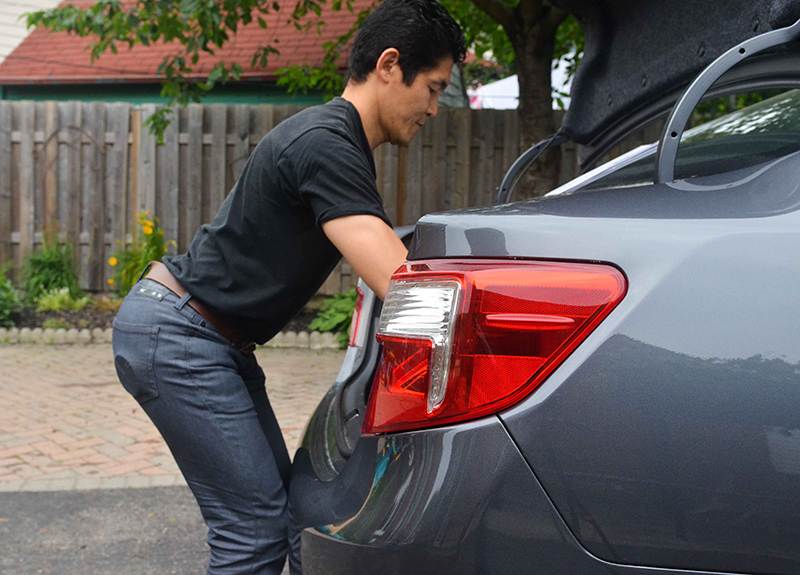
- Stand, right against the bumper, with your knees slightly bent
- Stick out your butt
- Look forward. Lift by using your legs and hold your breath as you lift.
Weight lifters stick out their butt like this.
Weight Lifters 3 Chiropractors 0 Golfers 1
#5B Lifting From The Trunk (Boot) Of A Car Golfer’s Style: For Light Stuff Deep in the Trunk
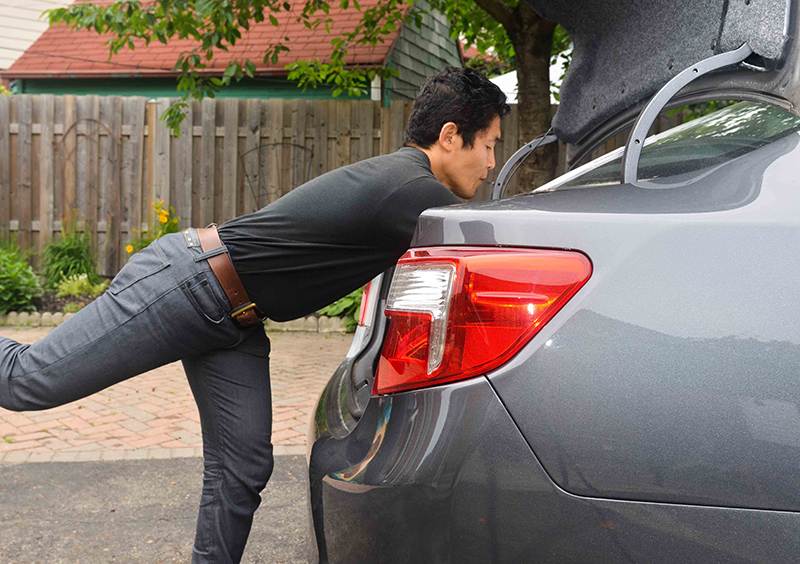
- If the object is deep in the trunk (boot), lift one leg like the golfer’s lift, and hold onto the object.
- Let the leg you are holding up go down, the object will come toward you
Weight lifters and chiropractors don’t lift like this, but golfers do.
Weight lifters 3 Chiropractors 0 Golfers 2
#5C Lifting From The Trunk (Boot) Of A Car: For Heavy Stuff Deep in the Trunk
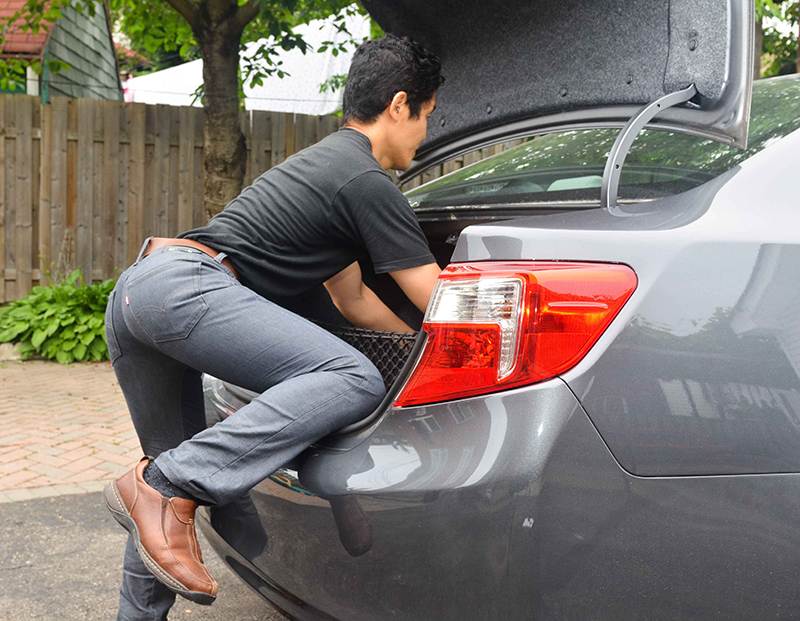
- Put a leg on the bumper and stick out your butt.
- Grab the item and bring it towards you as closely as you can. Now the object is in the same place as in exercise 5A.
- Repeat the steps of 5A.
Weight lifters, chiropractors, and golfers don’t lift like this. The score remains the same
Weight lifters 3 Chiropractors 0 Golfers 2
#6 Lifting a Baby Out of the Car-Seat
- Rest one leg on the seat of the car beside the car seat.
- Stick your butt out
- Bring the baby to your chest and hug the baby.
- Lift with your legs.
Weight lifters and chiropractors don’t lift like this. The score remains the same
Weight lifters 3 Chiropractors 0 Golfers 2
#7 Lifting a Baby Out of the Crib
- When lifting the child up out of the crib, put the crib side down
- If the baby is awake, if they are old enough, get the bay to come toward you.
- If you have good stability, try lifting using the 5b lifting technique of the trunk golfer’s style. (check with your chiropractor or physiotherapist first)
- Stick out your butt to keep the curve in your spine.
- Do not bend over the side of the crib and lift the baby over the top.
Weight lifters and chiropractors don’t lift like this
Weight lifters 3 Chiropractors 0 Golfers 3
So in the end, weight lifters are smarter lifters they beat chiropractors as a whole. Golfers are smarter lifters than chiropractors and weight lifters and Golfers have about the same lifting IQ. Just to prove a point here is a really smart weight lifter/strength coach Elliot Hulse .
Tell us what you think in the comments below and like us on Facebook. This Toronto Downtown Chiropractor will answer all questions in the comments section.



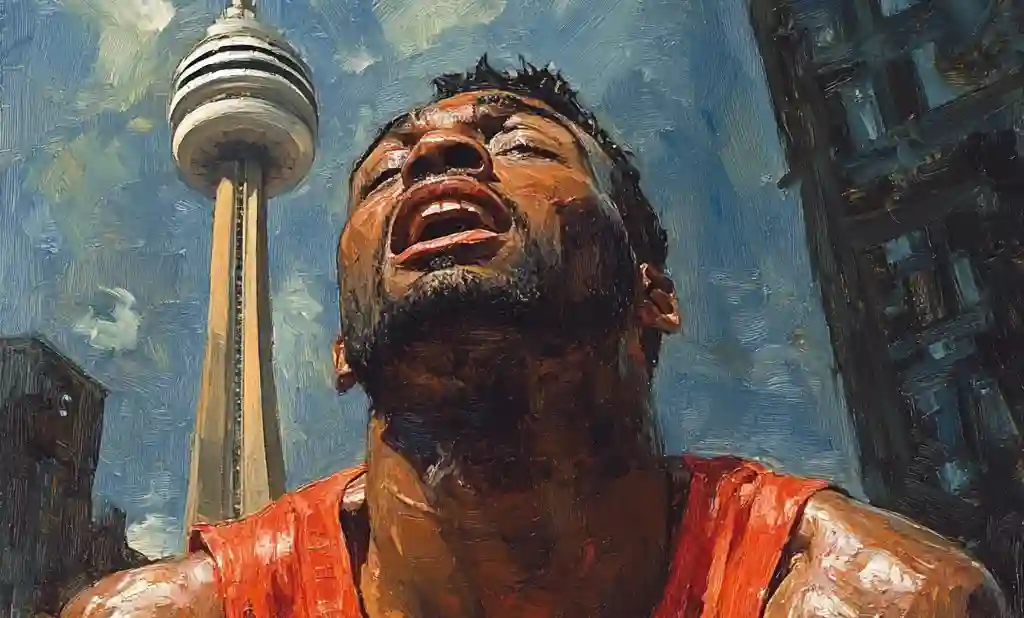

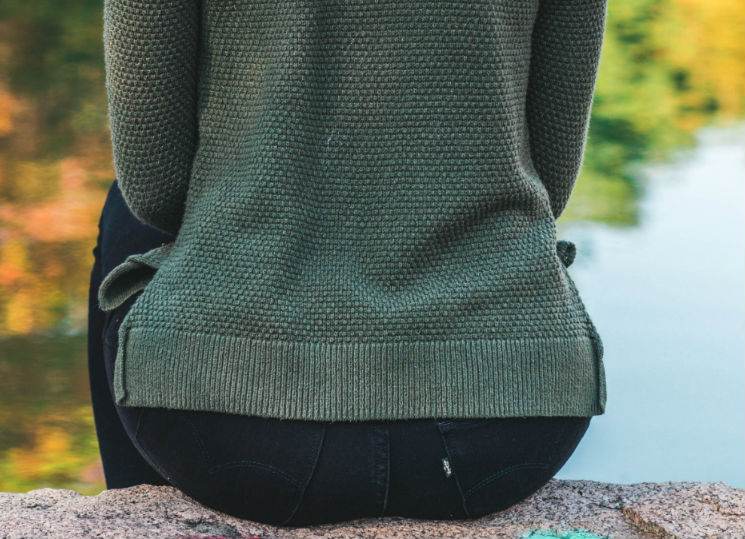


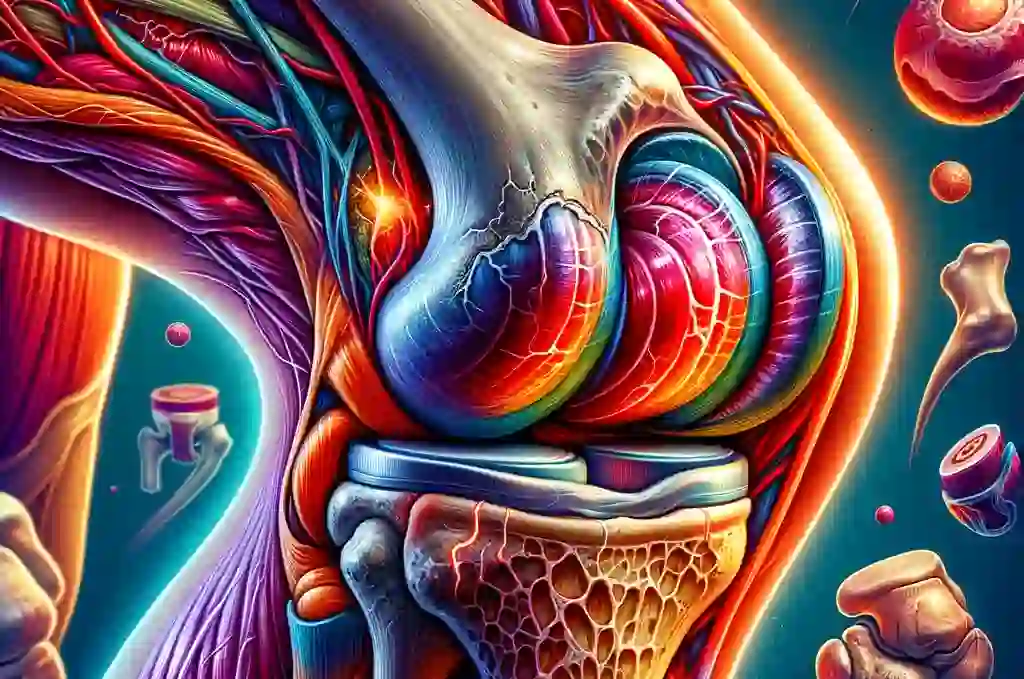
I was having disc herniation with L4/L5 and went through surgery in January 2011. Every thing was fine till Feb 2013 but after that because off some jerk I started getting pain in another leg then again diagnosed and got to know that another disc L5/S1 have herniated disc. I went through multiple physiotherapy sessions but still pain is there in lower back then radiating in right leg. Getting pain in middle back of right side the lower back then in leg when I walk for 500mtr or stand for more than 10mint. Please suggest what to do, I don’t want to go for surgery again.
Author
Thanks for your question Santosh. Try knee to chest exercises holding for 1 sec. Do this 10 times every 2 hours. If the pain, numbness or tingling gets worse or starts going further down the leg then you are getting worse so should stop.
Hope that helps your herniated disc.
Hi and I will thank you in advance.
I have just been told the following and I am after some help. Everyone is directing me to surgery and I can’t get into a doctor for another month. One of my main issue is I am due to fly out of Australia in 8 weeks for a new job and not returning for a few years. Wood love to solve the issue and fit my back up ASAP. Can you plse give me some direction on what I can do or even what exercises to do
This is the issue with my back
Axial scans have been performed through the lower3 intervertebral disc with gone windows, sagittal and coronal reformats.
No acute vertebral abnormality. Disc height is maintained.
L3/4 No focal disc protrusion. Patent canal and foramina
L4/5 Broad based annular disc bulge. It flattens the theca. In combination with hypertrophy of the ligamentum flava it is casing a compromise to canal dimension. The foramina remain patent.
L5/S1 Annular disc bulge. It mildly effaces the central nerve roots. No significant canal or foraminal compromises.
The SI joints are intact with only early degenerative changes. early vascular calcification.
Conclusion. An annular disc bulge at L4/5 combines with changes in the posterior elements to cause a mi9ld to moderate canal stenosis. Mi8lder changes in L5/S1.
I need my sleep. For 9 months I have been woken up so many times with leg pains. I have either get up and start walking around, lift the legs up. Take pain killers.
I have been doing bootcamp for 12 months with a mixture of weightlifting. I love this and would love to keep this up.
Please help or a direction would be very much appreciated. I tried doing core work this morning and my back is aching.
Chris
Author
Thanks for your question Christine. With boot camp they vary quite a bit so you can be aggravating your problem in this way. In your case it would be flexion exercises, anything in which you bend forward. Eg. Bent over rows, toe touches but also the everyday things such as putting on make-up picking up stuff off the floor and putting on your shoes and socks and even washing your face or doing the dishes. They all involve flexion to a certain degree and will likely aggravate your lower back and make your disc stick out more, assuming that th disc is causing your pain.
You should try these exercises. https://www.bodiempowerment.com/herniated-disc-part-2-the-best-exercises-for-your-herniated-disc/
However if you get increased pain or increased symptoms further down into your buttock or leg such as numbness, tingling or pain than you are getting worse so you should stop.
Also the number one thing to do is stop aggravating your own problem as I said above. Here is the guide to do that. https://www.bodiempowerment.com/disc-herniation-part-1/
Hopefully you weren’t diagnosed by MRI. Diagnosis is always in person with a thorough history and examination and not by MRI. The MRI is just confirmation. You will know your doctor said I think it’s a disc before doing the MRI. If your doctor said this after he/she diagnosed it is likely diagnosis by MRI.
Hope that helps your possible disc herniation.
I am 28 years old.I have posterior disc protrution label L1-L2 causing thecal sac indentation. What can i do for acute this problem completely?
Author
Thanks for your question. You don’t give a much information. There is no way to tell if your MRI result has anything to do with your pain. 30% of 30 year old have disc herniations with no pain. Your MRI showing a disc protrusion by itself without correlation to your history means you might get the wrong treatment.
You need to give me more information so I can help you for educational purposes.
Hope that helps your possible disc protrusion.
I have been looking for good advice for my back problem and can honestly say yours is the best by far! I have been suffering on and off for 7 months first discomfort then got gradually worse despite having physio Paid for MRI which shows herniated L3/4 small granular tear L4/L5 moderate central
Protrusion which displaced both descending L5 roots posterior. The disc shows little causal migration under longitudinal ligament
L5S1 disc narrowed with end plate reaction associated with central bulge no neural compression The bulging disc and large facet mildly married. The foramina. Conclusion: moderate disc protrusion st L4/L5 causing degree of bilateral L5 root compression. Since MRI my symptoms have deteriorated and unable to walk without severe pain in buttock and tingling down left leg into side calf and side ankle. Is there a conclusive test to say it is piriformis which is the buttock pain I am getting ad it is buttock spasm that’s stopping me in my tracks! Consultant suggesting a micro discectomy but do not want
Surgery if at all possible to rectify first. I Have been in this condition I.e.
Virtually bed ridden for past month on numerous painkillers which do not work. Any advice would be appreciated as soon as possible.
LIZ
Have herniated disc L4/L5 causing sciatica in left leg. I am unable due yo deterioration stand up without buttock cramping and then tingling down left leg side calf to ankle and sometimes top of two toes. If I ask my GO for pain injection in my buttock will I be able to walk. Can’t tell whether it’s Piriformis muscle stopping me moving or disc herniation. Fed up as bed ridden and I know that is not good I am 62 year old female .Can you advise please..
Author
Thanks for your questions Lizy. First disc herniations will cause the piriformis to tighten up and cause buttock pain. This is normal and is the usual scenario for most people. Not as many people have piriformis syndrome. Also you would not likely be bedridden with piriformis syndrome. People feel like they should be bedridden with disc herniations.
https://www.bodiempowerment.com/disc-herniation-part-1/
https://www.bodiempowerment.com/herniated-disc-part-2-the-best-exercises-for-your-herniated-disc/
https://www.bodiempowerment.com/exercises-to-help-piriformis-syndrome-how-to-tell-the-difference-from-disc-herniation/
An injection may give you enough decrease in inflammation or pain reduction in order for you to heal enough.
Hope that helps.
Thanks, Dr Ken. The hand on the coccyx is just to demonstrate to the trainees the physical difference standing with locked knees makes to the pelvis and lower spine, crunching the very lowest lumbar vertebrae and limiting options for healthier movement in that part of the back.
The hands on the coccyx can help people be more aware of their body and how position affects them. It may even help them with their lifting techniques. Just remember showing them isn’t good enough. The person doing it once helps very little. Practice 30x times for a few days is the most effective way to make people’s lifting technique safe and effective.
I’d forgotten all about this conversation. Just to say, I am now way against the whole “head above the pelvis” thing. For some years now I have been very much in the “learn from the weightlifters – stick your butt out” approach. Natural (neutral) shape of the spine is all – if you can’t maintain that when lifting or moving the object, it’s too heavy for you: break the load down, get help, or use mechanical assistance.
Ivor, thank you for reading the article and leaving your comment. It is well thought out and shows that you are knowledgable about this topic. You are correct that the curve of the spine needs to maintained. This will minimize the pressure on the disc. Also keeping an upright head is important for proper alignment and lifting.
As for the hands on the coccyx with the knees bent slightly, if the buttock is pushed out then this will help keep the natural curves in the spine and help prevent injuries when lifting. I am not concerned that the “full support for the pelvis will be missing”. The most vulnerable part of the spine is the disc not the muscles
Strength vs Weight: Yes most people will be too weak so most people should be put on a training program to ensure these movements become habitual. By doing the stablization exercises in Herniated Disc Part 2: https://www.bodiempowerment.com/low-back-pain/herniated-disc-part-2-the-best-exercises-for-your-herniated-disc/ they improve their stability and strength.
Hi Dr Ken. When training care staff, I’ve always held that the key to safe moving & handling is – so far as possible, given your own individual anatomy – to keep the pelvis aligned under the spine, which itself maintains its natural S-shape. The force (weight) of all of the upper body and head, plus whatever you’re holding, is transferred down the spine to the pelvis, where the force is divided between the two legs. I get the people to stand up, which will be in their usual locked-knees posture, put the palm of their hand on their own coccyx and allow their knees to flex just a little: they feel the pelvis tuck itself underneath the spine. This plus an upright head makes for optmum alignment. Kneeling or half kneeling on the floor, the pelvis is inevitably under the spine anyway. First of all, would you agree with my analysis; and would it be fair to say that when a tilt of the upper body is inevitable (as it usually is in lifting, unless you have a weightlifter’s thigh muscles), the butt-lift position continues the spinal alignment, though the benefit of full support from the pelvis will be missing, hence the need to risk assess carefully for strength vs. weight and ensure very steady foot placement? Thanks.